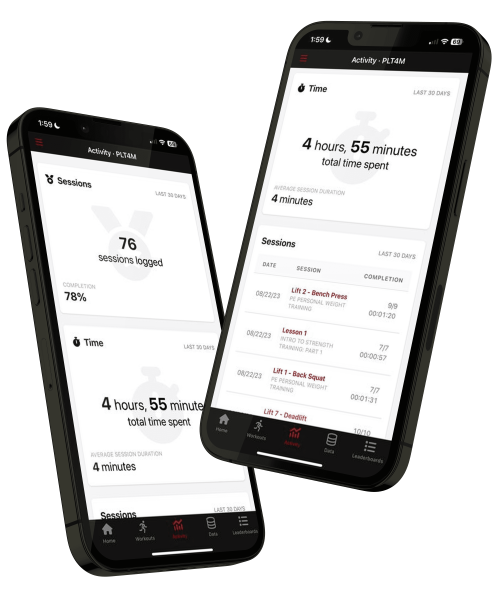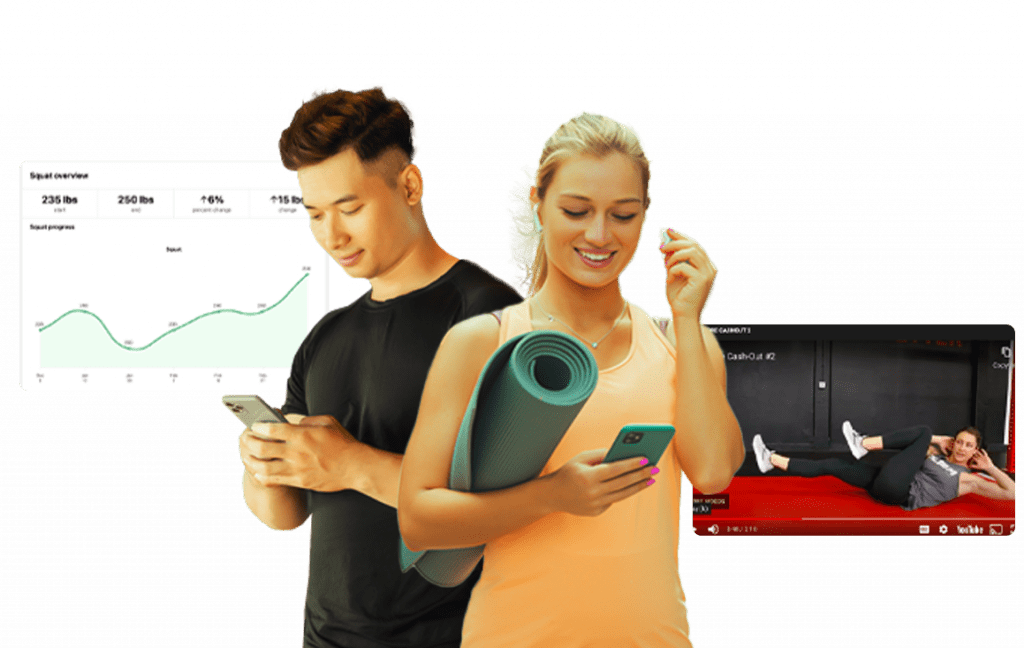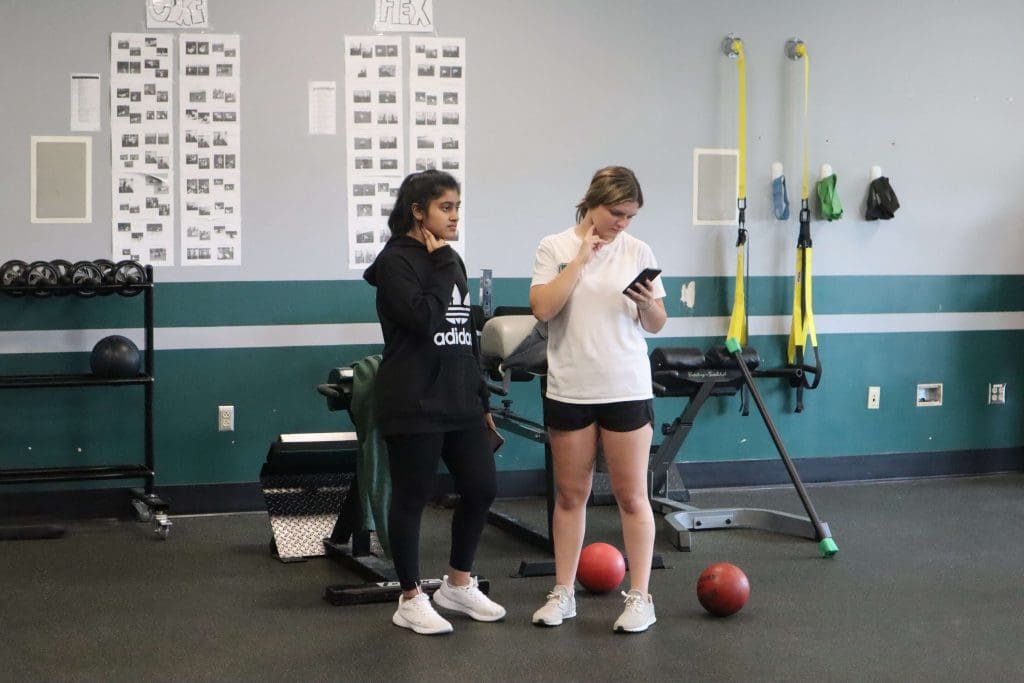There are countless fitness trackers and smartphone apps available for individual use. And with the rise of wearable devices and fitness apps, schools have reimagined what a data-driven approach to physical education can look like. This article explores the benefits and challenges of physical activity tracking in physical education. Next, we take a closer look at how three schools are using fitness tracking to empower students.
Benefits of Tracking Physical Activity in Physical Education
Tracking physical activity in physical education offers several benefits for both students and educators. The benefits of tracking physical activity in physical education include:
Individual Progress Monitoring: Activity tracking helps create a personalized data profile for each student. As a result, tracking physical activity can create a new sense of student ownership, motivation, and achievement in physical education.
Goal Setting: Data and fitness trackers encourage students to set specific, achievable fitness goals, promoting a sense of purpose and direction in their physical education efforts. (See more on SMART Goals for Physical Education).
Improved Accountability: Holds students accountable for their own fitness levels, promoting a sense of responsibility for their health and well-being.
Data-Driven Decision Making: Enables educators to make informed decisions about curriculum and activities based on their students’ specific needs and abilities. In addition, physical education teachers can identify students who might need more support or alternative interventions.
Documentation for Assessment and Evaluation: Provides concrete evidence of a student’s physical activity levels and participation. As a result, teachers can utilize data when reporting to administrators or other key stakeholders.

Challenges Tracking Physical Activity in Physical Education
Tracking physical activity in physical education isn’t a new concept. Physical education programs have implemented fitness tracking systems for many years to monitor assessments like the pacer, mile, sit-and-reach, and more.
However, fitness tracking often proved to be time-consuming. Data collection alone meant logging and entering hundreds of data points for individual students. In addition, the next step of actually highlighting and measuring progress or improvement was even more challenging.
Next came the rise of wearable technology for things like step counting and heart rate data. While wearable devices were popular for individuals, physical education programs grappled with rolling this out to large classes. While heart rate monitors have become an integral part of many physical education programs, teachers are still trying to figure out the ins and outs of heart rate data.
None of this is to argue that we shouldn’t continue to explore and expand our efforts for tracking physical activity in physical education. Instead, physical education programs need to find a streamlined approach to tracking physical activity that can provide meaningful and measurable outcomes.

3 Tips For Tracking Physical Activity in Physical Education
Now that we understand the benefits and challenges of tracking physical activity let’s explore three actionable tips from inside the classroom. While every school will navigate different aspects of activity trackers, fitness apps, and physical education, we highlight three schools that have found unique ways to take tracking physical activity to the next level. Let’s dive in!
Tip 1 – Promote Student Ownership
Today’s students want to know the why behind what they are doing. But, understanding the why can be challenging when the teacher controls all the information. Annie Hinkhouse says that this used to be the case at Reedsburg High School in Wisconsin,
“Before incorporating technology in PE, the teacher held all the information. As a result, students had no idea what their data or progress looked like because they couldn’t easily access it.”
But now, Reedsburg High School uses PLT4M so that every single student can have ownership in the learning process. Annie says that this new form of tracking physical activity has been one of the most significant driving factors for increased student engagement,
“With PLT4M, students can look back and see everything that has ever been tracked or measured. Because of this, students are more engaged and involved when they come to class. It moves PE from just being a class they show up for to a part of the day they are most excited about.”
Tip 2 – Make It Personalized
Once schools start tracking physical activity in physical education, they will begin to collect data and numbers that hopefully tell a story of progress and growth. And while it might be tempting to take fitness trackers and compare students in class, we want to be mindful that each student is on an individual fitness journey.
PE teacher Tim Thrasher understands the importance of personalizing PE at Jacksonville High School in Illinois,
“Everyone starts somewhere different in fitness. But because we can deliver individualized workouts with technology in physical education, there is a clear path for students to progress throughout a semester, school year, or entire high school career.”
To help students on the path of personal improvement, the Jacksonville fitness classes emphasize the numbers and data associated with workouts. For Tim, tracking physical activity is a crucial component of supporting students’ progress,
“When students can see fitness metrics and numbers change, they know in real time the personal improvement they are making. In addition, it helps them come to class with a purpose and focus on working hard. Every day is an opportunity to get better.”
Tip 3 – Use Data To Drive Decisions & Conversations
Once we start tracking physical activity participation and progress, we can take this data to drive decisions and conversations. At Baraboo High School in Wisconsin, Steve Turkington says that the constant stream of data allows the teachers to know what is and isn’t working,
“If a student isn’t showing growth, we know something is wrong. It helps us have conversations and change our approach to meet students where they are at.”
Data can be a powerful tool for education. But more often than not, we collect data and then struggle to do anything actionable with it. In physical education, this usually takes the form of annual fitness testing and data collection that inevitably gathers dust on a shelf.
But at Baraboo High School in Wisconsin, data-driven physical education empowers students, informs teachers and administrators, and creates impressive results.
Key Takeaways On Tracking Physical Activity In Physical Education
Technology in physical education can enhance tracking physical activity. With the rising concern around sedentary behavior and physical activity participation, schools can super charge student’s fitness goals with activity trackers.
Better yet, there are options like PLT4M that are a cost-effective way of tracking physical activity. As schools continue to evolve different aspects of physical education, tracking physical activity can transform to a powerful tool for students and educators.










